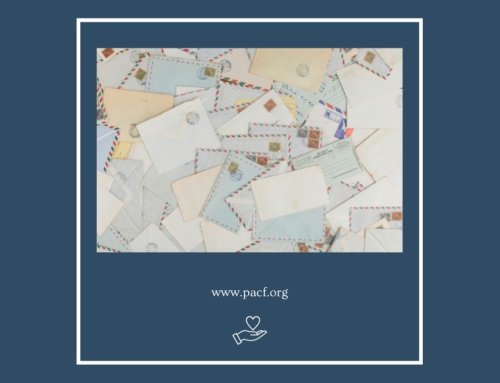As you and other attorneys, CPAs, and financial advisors put the finishing touches on implementing clients’ year-end charitable giving plans, you may have a moment when it hits you: “Wait, how exactly does a Qualified Charitable Distribution (QCD) work?”
That’s a great question, and you are not alone if you’re asking. Even though QCDs are well-covered in financial media, they’re complex enough that it’s hard to remember the nuances when you’re hit with a situation where a client might benefit.
The team at the Community Foundation is here for you! Please reach out with any of your charitable giving questions, including the most common questions about QCDs:
“Is an IRA the only eligible source for Qualified Charitable Distributions?”
Short answer: Almost.
Long answer: An individual can make a Qualified Charitable Distribution directly to an eligible charity from a traditional IRA or an inherited IRA. If the individual’s employer is no longer contributing to a Simplified Employee Pension (SEP) plan or a Savings Incentive Match Plan for Employees (SIMPLE) IRA, the individual may use those accounts as well. In theory, a Roth IRA could be used to make a QCD, but it is rarely advantageous to do that because Roth IRA distributions are already tax-free.
“What is the difference between a QCD and an RMD?”
Short answer: Quite a bit! But a QCD can count toward an RMD.
Long answer: Everyone must start taking Required Minimum Distributions (“RMDs”) from their qualified retirement plans, including IRAs, when they reach the age of 73. RMDs are taxable income. The Qualified Charitable Distribution, by contrast, is a distribution directly from certain types of retirement plans (such as IRAs) to certain types of charities. A QCD can count toward the taxpayer’s RMD for that year. And because the QCD goes directly to charity, the taxpayer is not taxed on that distribution.
“Can a taxpayer make a Qualified Charitable Distribution even if the taxpayer is not yet required to take Required Minimum Distributions?”
Short answer: Yes–within a very narrow age window.
Long answer: RMDs and QCDs are both distributions that impact retirement-age taxpayers, and it would seem logical that the age thresholds would be the same. Under the SECURE Act, though, the required date for starting RMDs shifted from 70 ½ to 72 and is now up to 73 (which is better for taxpayers who want to delay taxable income). A corresponding shift was not made to the eligible age for executing QCDs; that age is still 70 ½ (which benefits taxpayers who wish to access IRA funds to make charitable gifts even before they are required to take RMDs).
“Can my client direct a QCD to a fund at the Community Foundation?”
Short answer: Yes, if it’s a qualifying fund.
Long answer: While donor-advised funds are not eligible recipients of Qualified Charitable Distributions, other types of funds at the Community Foundation can receive QCDs. These funds include unrestricted funds, field-of-interest funds, designated funds, and endowment funds established by nonprofit organizations.
“How much can my client give through a QCD?”
Short answer: $105,000 per year in 2024, increasing to $108,000 in 2025.
Long answer: A Qualified Charitable Distribution permits a client (and a spouse from a spouse’s own IRA or IRAs) to transfer up to $105,000 in 2024 (and $108,000 in 2025) from an IRA (or multiple IRAs) to a qualified charity. So, a married couple may be eligible to direct up to a total of $210,000 in 2024 to charity from IRAs and avoid significant income tax liability.
The Community Foundation is here to help you and your clients tap the potential of QCDs. Please reach out! We’d love to talk about a QCD strategy for your clients’ immediate gifting needs and beyond.
Contact Us
Reach out to the Community Foundation team today! We are here for you.
Contact Steven Spinner, at sspinner@pacf.org or Gabrielle Markand, at gmarkand@pacf.org.





